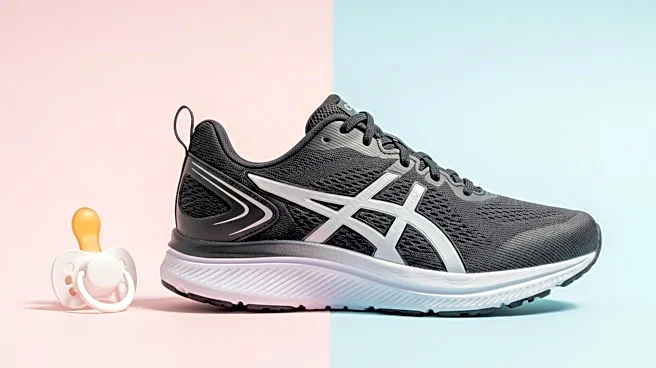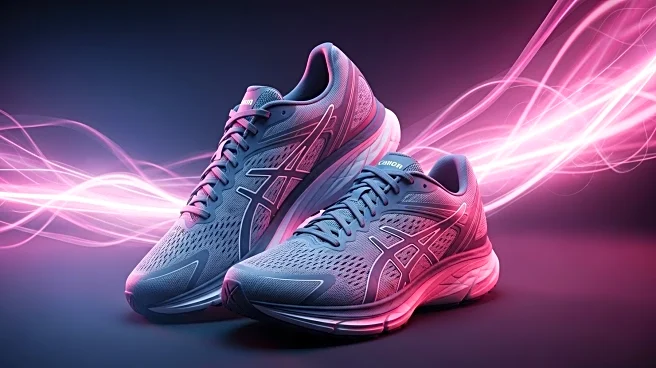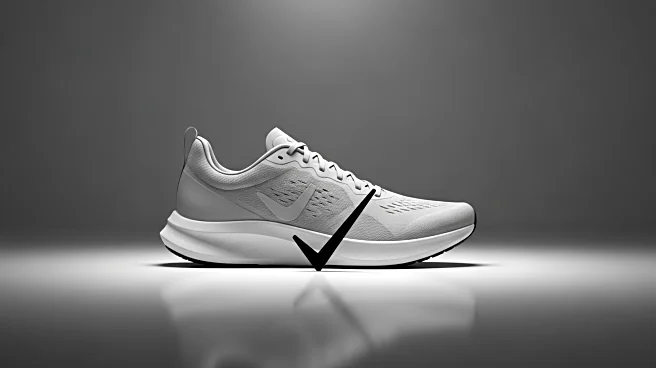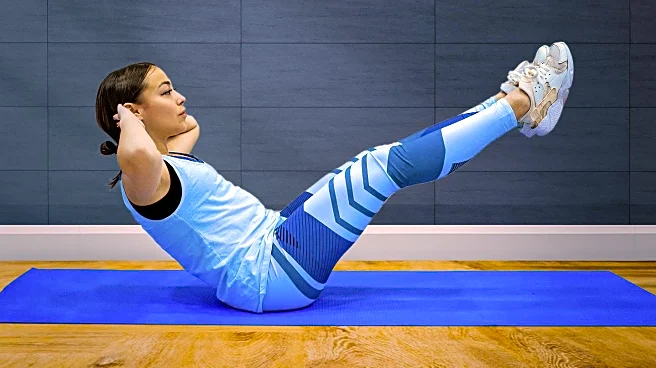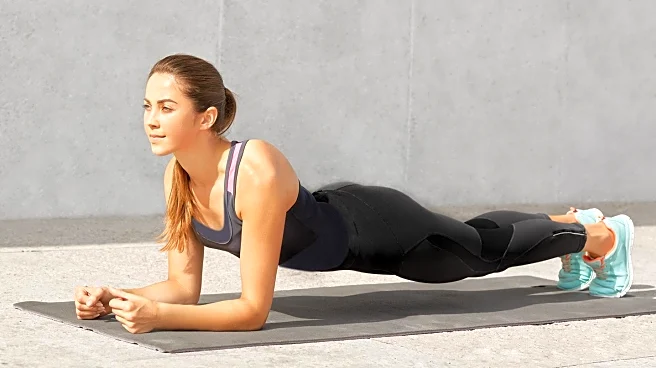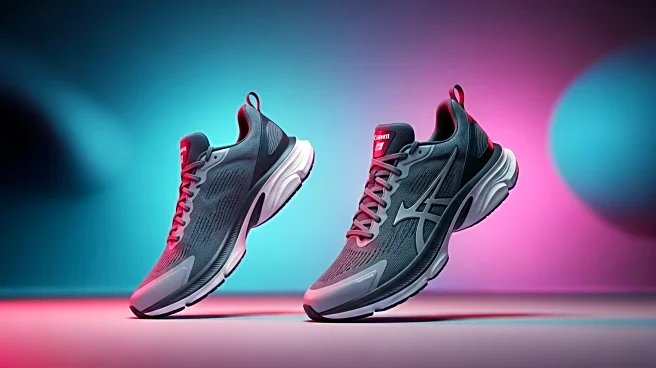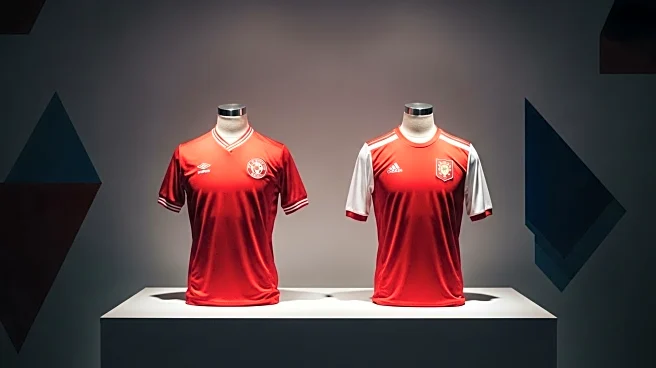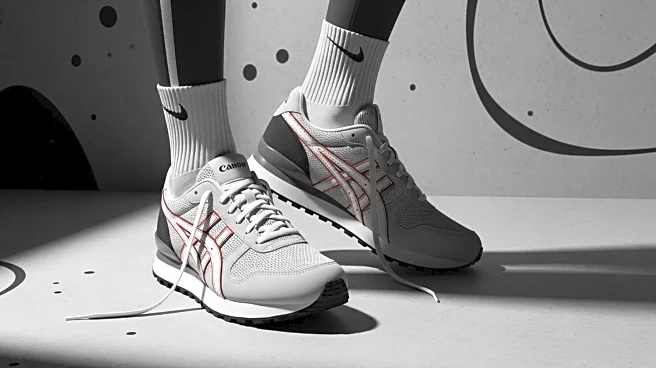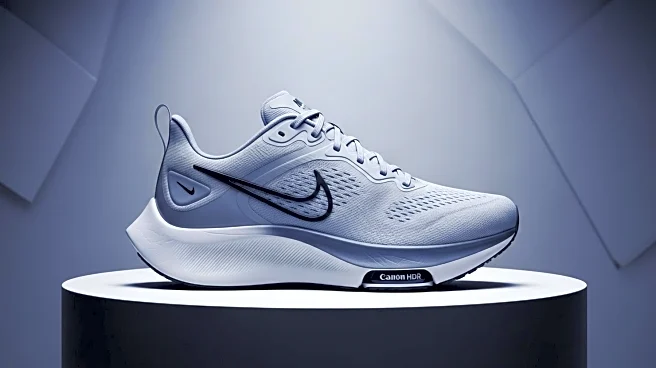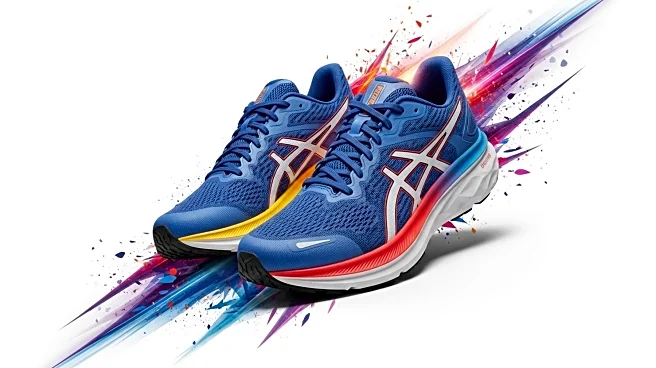What is the story about?
What's Happening?
A growing number of ultra-athletes are challenging traditional norms surrounding pregnancy and postpartum fitness. Notable athletes like Molly Huddle and Kellyn Taylor have continued intense training and competition during and after pregnancy, defying outdated guidelines that often recommend reduced physical activity. Huddle, a two-time Olympian, ran throughout her pregnancy and participated in competitive events shortly after childbirth. Similarly, Taylor completed a marathon just months postpartum. This trend is supported by recent scientific studies, including a landmark 2022 study that tracked elite runners through pregnancy, showing that maintaining high levels of physical activity can lead to improved health outcomes and reduced injury risk postpartum. These athletes are part of a broader movement advocating for updated guidelines that reflect the capabilities of pregnant athletes.
Why It's Important?
The shift in understanding around pregnancy and athleticism has significant implications for maternal health and sports policy. By challenging outdated norms, these athletes are paving the way for more inclusive and scientifically-backed guidelines that recognize the physical capabilities of pregnant women. This movement could lead to improved health outcomes for pregnant athletes and reduce the stigma associated with pregnancy in sports. Additionally, it highlights the need for sports organizations to adapt their policies to support female athletes during pregnancy, potentially influencing sponsorship and media coverage. The recognition of pregnancy as part of an athlete's performance arc rather than an interruption could lead to more equitable treatment and opportunities for women in sports.
What's Next?
As the conversation around pregnancy and athleticism evolves, sports organizations and healthcare providers may need to update their guidelines and support systems for pregnant athletes. This could involve more research into the effects of intense physical activity during pregnancy and postpartum, as well as the development of standardized protocols for athletes returning to competition after childbirth. The movement may also inspire policy changes within sports institutions, similar to those seen at Nike, to ensure that pregnant athletes receive adequate support and compensation. Continued advocacy by athletes and researchers will be crucial in driving these changes and promoting a more inclusive environment for female athletes.
Beyond the Headlines
The broader cultural implications of this movement include challenging societal perceptions of pregnancy and motherhood. By demonstrating that pregnancy does not necessarily limit physical capabilities, these athletes are contributing to a shift in how women's bodies are viewed in both sports and society. This could lead to greater empowerment and visibility for women who balance athletic careers with motherhood, encouraging more women to pursue sports at elite levels. Additionally, the movement may inspire further research into the unique physiological advantages of female athletes, potentially influencing training and competition strategies across various sports.
AI Generated Content
Do you find this article useful?
